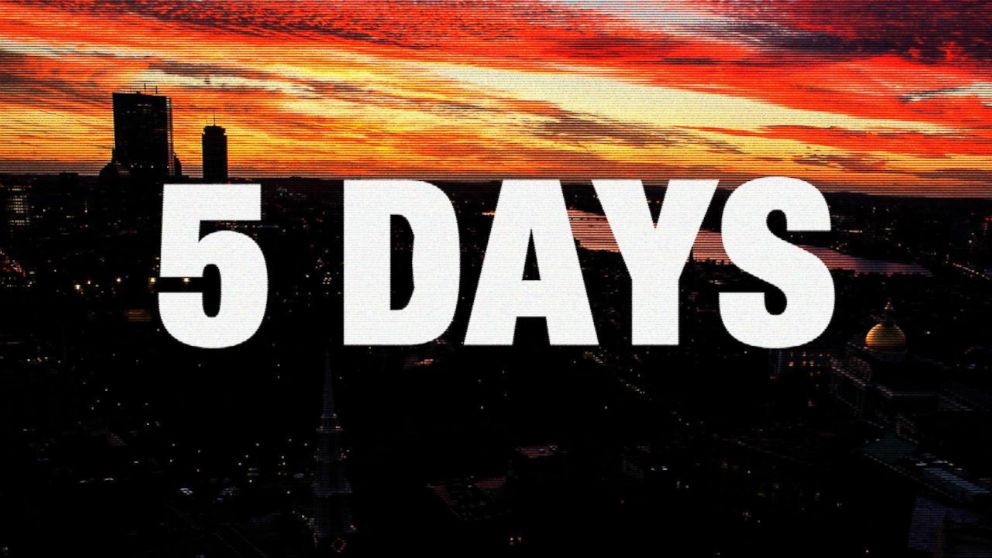Boston Bombing Day 3: Dead-End Rumors Run Wild and a $1B System Fails
FBI struggles to learn identity of the bombers, confusion over arrest abounds.
— -- [This is the third of five installments of an ABC News digital special report '5 Days', which tells the hour-by-hour, day-by-day story of the investigation into the 2013 Boston Marathon bombing, with behind-the-scenes details based on interviews and evidence gathered by the FBI and Boston law enforcement agents who worked the investigation. Click to see Day 1, Day 2, Day 4 and Day 5. '5 Days' is written by Brian Ross and reported by Brian Ross, Rhonda Schwartz, Michele McPhee, Megan Christie, Randy Kreider and Lee Ferran.]
Even as the FBI struggled to identify the two suspected Boston Marathon bombers on Day 3, media reports based on information from usually well-informed sources added chaos to the hunt by saying that not only was at least one of the suspects identified, but already in handcuffs.
The reports, the results of a misreading of significant developments in the case overnight, were not only incorrect, but potentially dangerous if the officers on the ground “let up,” according to one of Boston’s top cops.
“We had two dangerous individuals at that time, running around,” then-Boston Police Superintendent Billy Evans told ABC News. “So I wanted us not to let up on the scene, [to] stay focused. Let’s get these two guys.”
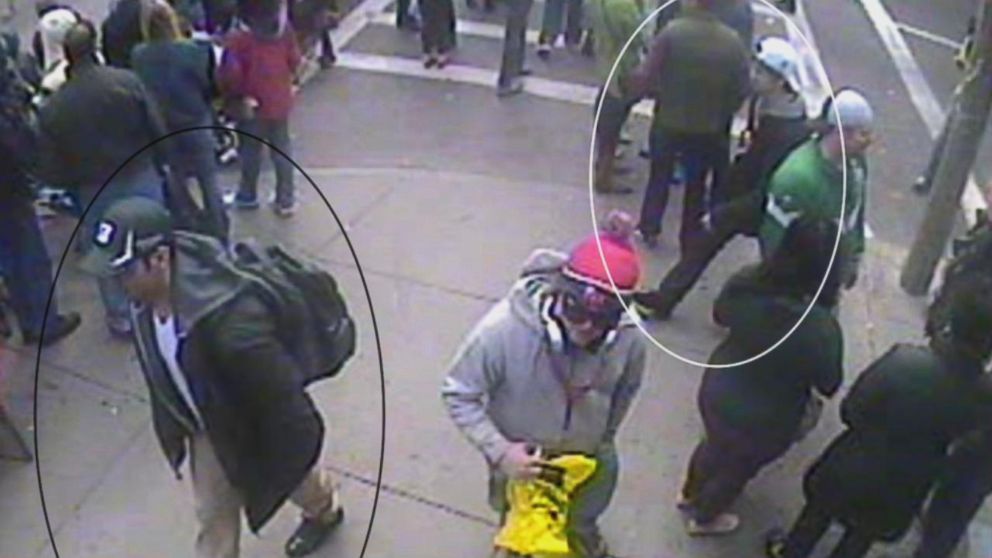
In the midst of hunting for the bombers, FBI agents working the case began to receive messages of congratulations from colleagues and relatives. The No. 2 man in the FBI Boston office, John Foley, told ABC News he got a telephone call from his mother – who never normally calls him at work.
“She said, ‘You caught ‘em.’ I’m like, ‘No. We didn’t catch anyone,’” Foley said, chuckling at the memory. “I think people were clinging to hope. ‘They found someone, Thank God.’ And you know, it wasn’t the case.”
Evans said that after he heard reports of an arrest, he rushed to the headquarters radio room and sent out a message to all his officers: “Rumors of the suspects being caught are not true… Everybody continue to do what you’re doing. Be careful. But the two suspects are back out there.”
‘We Got ‘Em’, But Not the Way You Think
The truth of the matter was that the FBI was making significant progress in the case. Overnight, using a handful of photos and videos, analysts discovered one of the men who placed one of the bombs on Boylston Street.
By stringing together footage from surveillance cameras down the block, agents traced his path backward in time. They eventually found him walking with another man – a man they were confident was the second bomber.
“We got ‘em,” exclaimed FBI agent Kevin Swindon, head of the Bureau’s Computer Analysis Response Team (CART). Based on the suspects’ apparel, agents nicknamed the pair White Hat and Black Hat.
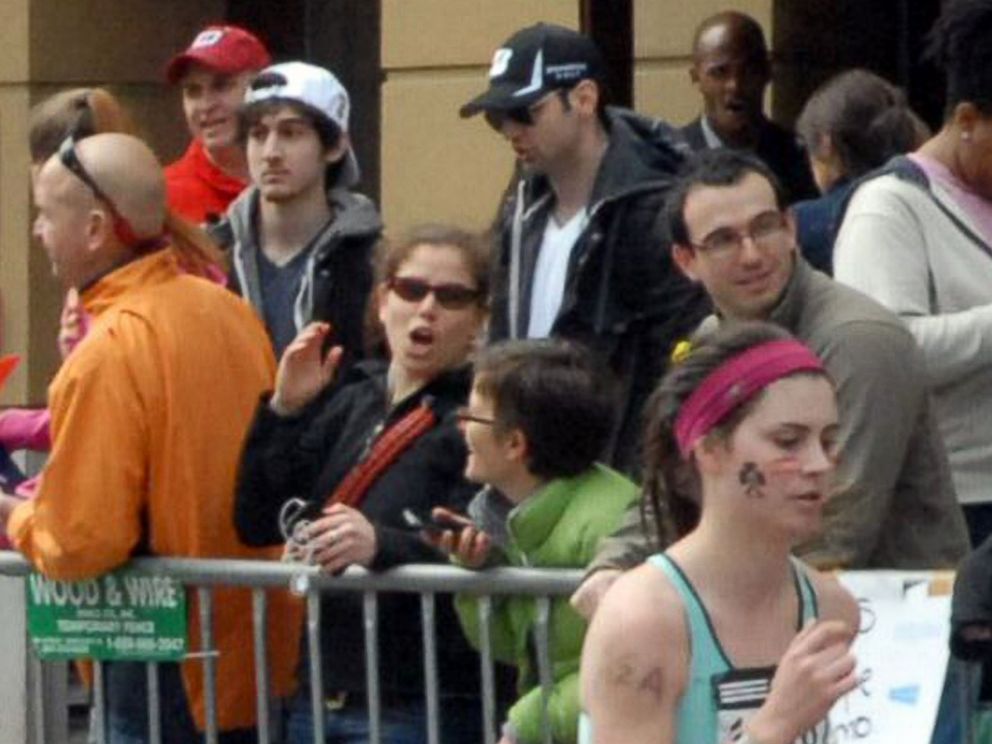
Armed with decent images of both suspects, officials raced to the FBI Boston’s new $1 billion facial recognition software. But in this case, it was a total failure, FBI agents told ABC News.
“It didn’t get us anywhere,” Boston FBI agent Kieran Ramsey said. “It was only good to compare driver’s license and passport photos to other driver’s license and passport photos.”
There was no match, even though the database contained driver’s license photos for both brothers, as well as Tamerlan’s mugshot from a domestic abuse case and his passport photo.
Meanwhile, word that the FBI had identified two potential suspects began to get out.
The phrase “We got ‘em” – meaning officials had identified suspects – had taken on a new meaning to anxious members of the public and the press: We have them in custody.
“There was all kinds of misinformation flying around,” said Michele McPhee, a Boston radio host and a contributor to ABC News. “’We got ‘em’ became ‘We arrested them’… And people were jubilant because our city had been attacked and everybody wanted it to be true.
“And so it was a game of telephone where they said, ‘We got ‘em’ and then that became that they had somebody in custody.”
At headquarters, Evans said one of his officers told him that CNN was reporting an arrest live. The news, also reported by other major outlets, took Evans by surprise.
“All of the sudden I started getting the calls, and people telling me, ‘They got the suspects. They got the suspects,’” Evans said. “And it was absolutely false.”
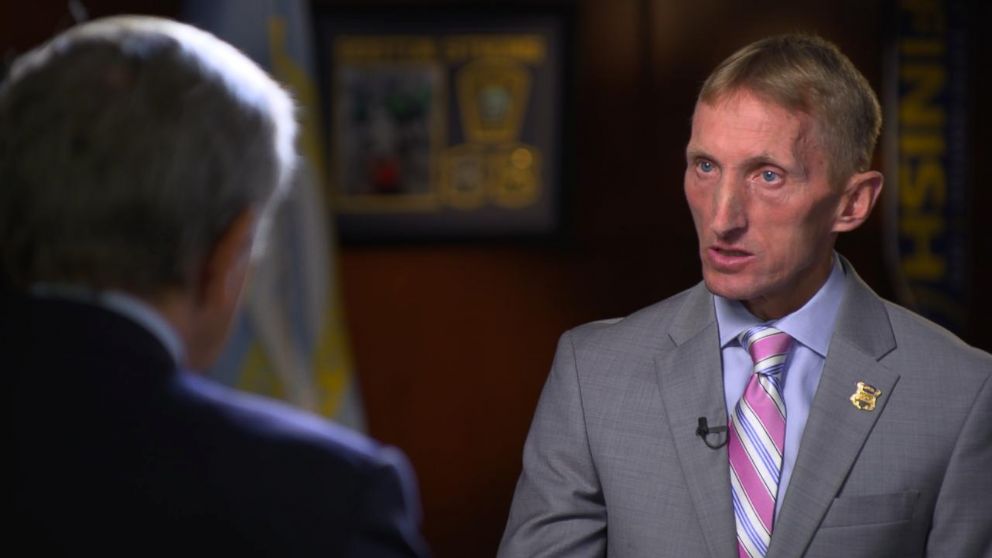
As the incorrect reports spread, journalists in Boston raced to the federal courthouse where the suspects were rumored to be heading. News helicopters whirred overhead.
To make matters worse, at approximately the same time someone called in a bomb threat to the courthouse. The building was evacuated and U.S. Marshals stationed outside the courthouse stood there with their automatic weapons – fueling the theory that the bombers were either there or on their way.
Soon the frustrating truth came out and within an hour CNN and others corrected the record, reporting that the bombers were still on the loose and the threat was still very real.
The FBI’s John Foley said the miscommunication never distracted the agents working with him.
“It could have been [a distraction], but not to the people in my circle. We had our foot on the accelerator... We just kept pushing forward.”
Like Nothing Ever Happened
Like Foley, all the while law enforcement investigators and forensic specialists continued their work. They collected thousands of pieces of evidence in the 24-square block crime scene. Investigators used a satellite overhead to record the GPS coordinates of each piece of evidence, to save for comparison later.
“You see everyone on their hands and knees collecting the physical evidence,” Evans said. “They were up on rooftops. They were just swarming the area, meticulously collecting every piece of evidence. Shreds, banners, anything that could try and put this bomb and these devices back together.”
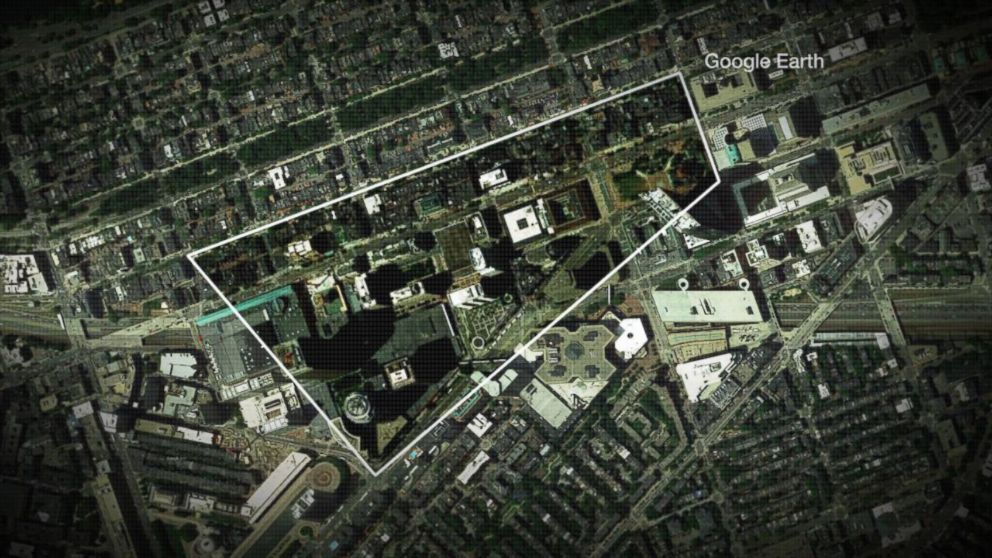
The hope was to trace the bombs back to the bombers. Officers didn’t know that the two killers were just miles away, living their lives as if nothing happened.
Tamerlan Tsarnaev simply went home and spent the next couple days with his wife and young child, court documents show.
Dzhokhar Tsarnaev returned to the college campus at the University of Massachusetts at Dartmouth. Surveillance cameras there show him hanging out with friends and going to the gym.
Both were seemingly unconcerned that two days earlier they murdered three people, including an 8-year-old boy, and injured more than 260 others. They appeared not to have a care in the world that they were the subject of one of the largest manhunts in U.S. history.
That would all change, violently, in the next 24 hours.
Just catching up? Click to see Day 1 and Day 2 of this special report.
'Five Days': Research by Alex Hosenball, Cho Park, Zoe Lake and Michael Birnkrant. Video editing by Shilpi Gupta, Abhinav Bhat, and Karl Dawson.
